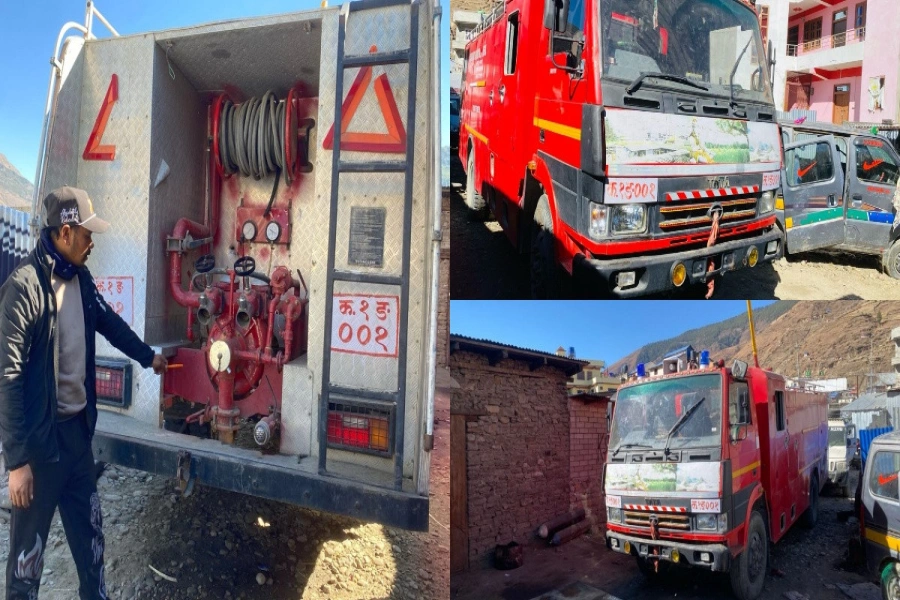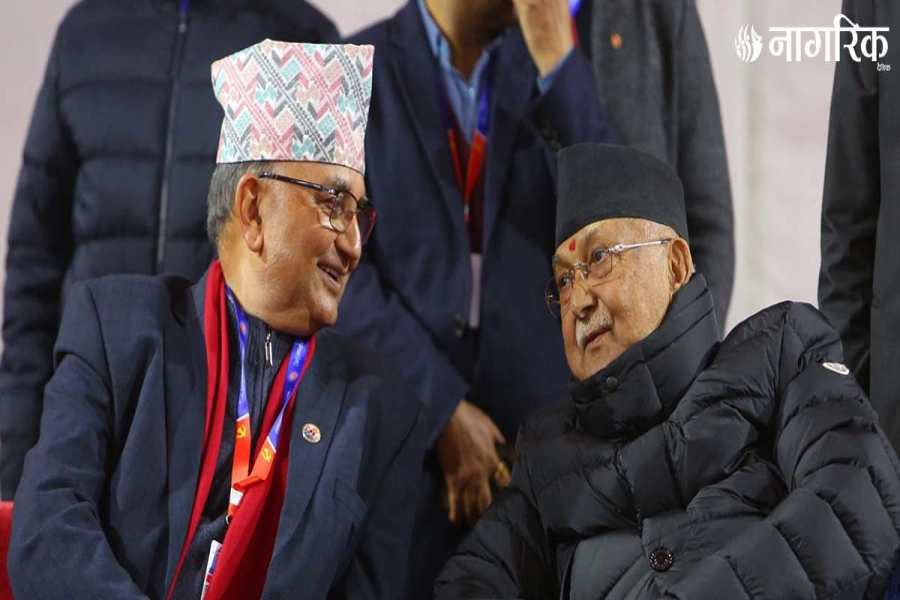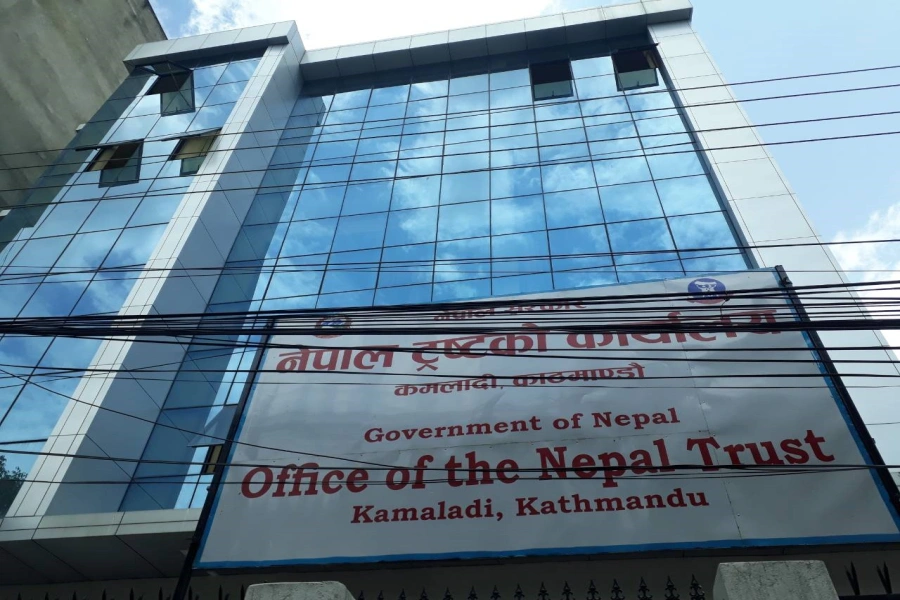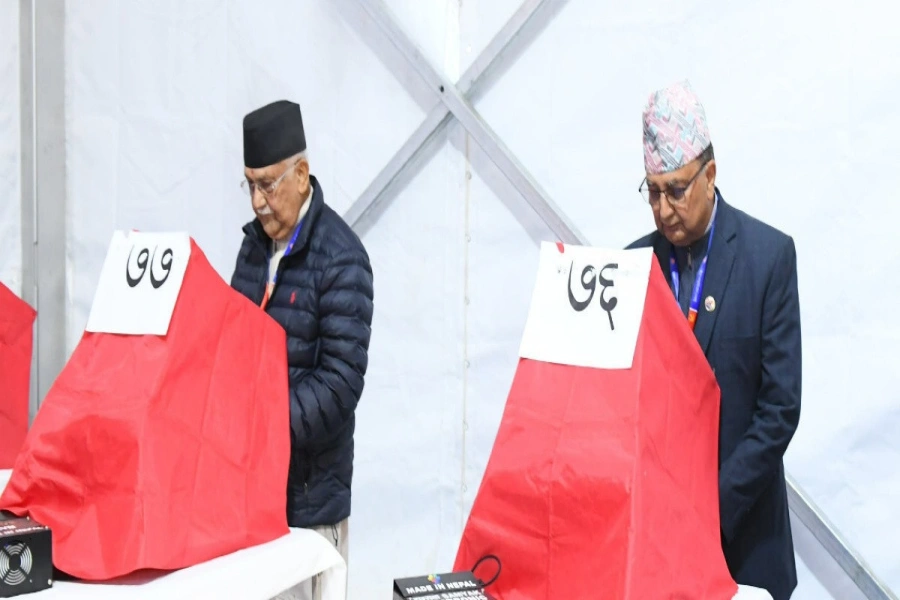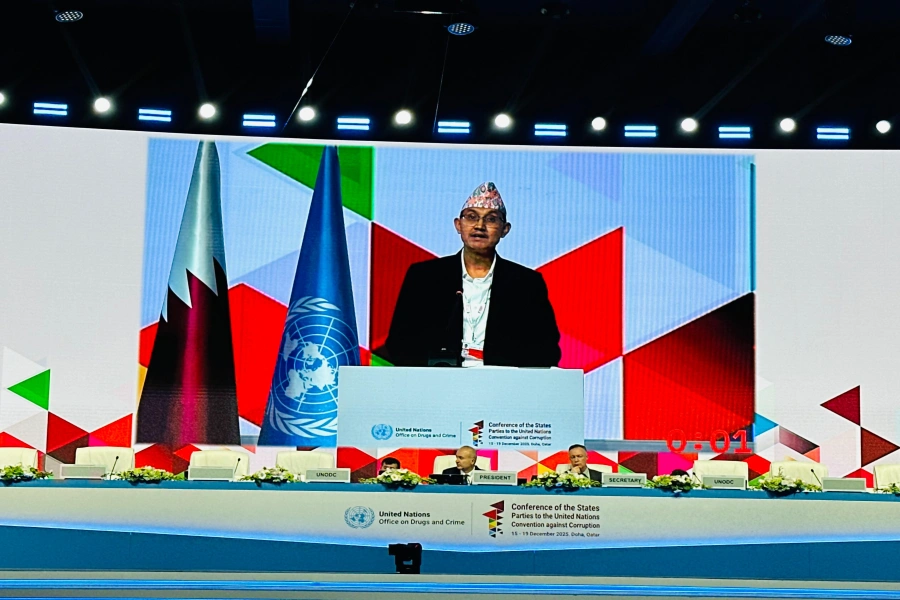KATHMANDU, Dec 25: In the first five months of the current fiscal year (FY) - from the Nepali month of Shrawan to Mangsir - Nepal has witnessed a notable surge in the consumption of petrol, diesel, and gas, with a total import of 854,150 kiloliters. This marks an eight percent increase compared to the same period in the previous fiscal year when 782,533 kiloliters of fossil fuel was imported.
While the volume of imports has risen, there has been a slight reduction in the overall expenditure due to a decline in prices. The total expenditure on petrol, diesel, and kerosene imports during the first five months of the current fiscal year amounts to Rs 91.57 billion, slightly lower than the Rs 93.86 billion spent in the corresponding period of the last fiscal year.
Govt sets a target of 1,500 units of energy consumption per ca...

Breaking down the imports, 489,936 kiloliters of diesel valued at Rs 53.90 billion, 281,970 kiloliters of petrol amounting to Rs 28.55 billion, 4,132 kiloliters of kerosene worth Rs 450 million, and 78,112 kiloliters of aviation fuel, valued at Rs 8.66 billion, were brought into the country. Compared to the same period last fiscal year, there is an increase of 65,426 kiloliters in diesel, 2,511 kiloliters in petrol, and 3,892 kiloliters in aviation fuel.
Surprisingly, kerosene imports have seen a marginal decrease by 212 kiloliters, indicating a shift in consumption patterns. Additionally, the consumption of liquefied petroleum gas (LPG) has risen by 4 percent, with 210.42 million kilograms imported in the first five months of the current fiscal year, costing Rs 20.65 billion.
The government has benefited from these imports, collecting Rs 41.54 billion in customs duty on petroleum products worth a total of Rs 112.23 billion. As Nepal navigates its energy landscape, the evolving consumption trends and the government's revenue collection underscore the dynamic nature of the country's energy sector.





